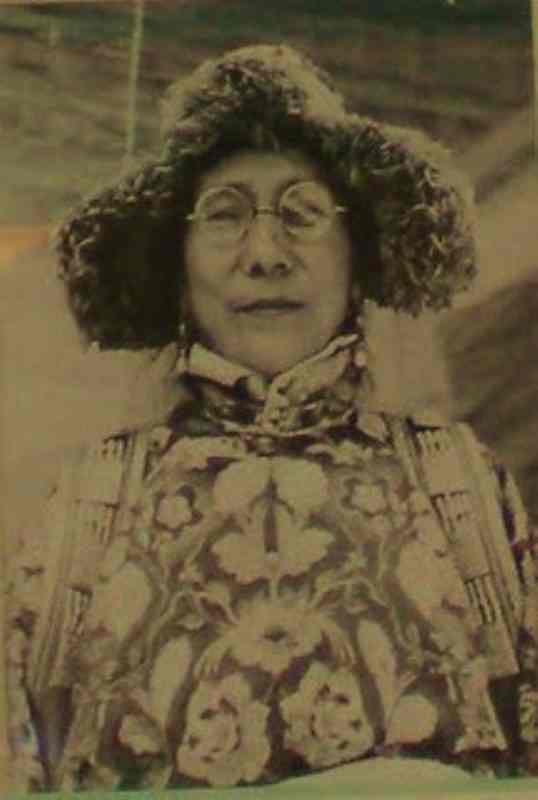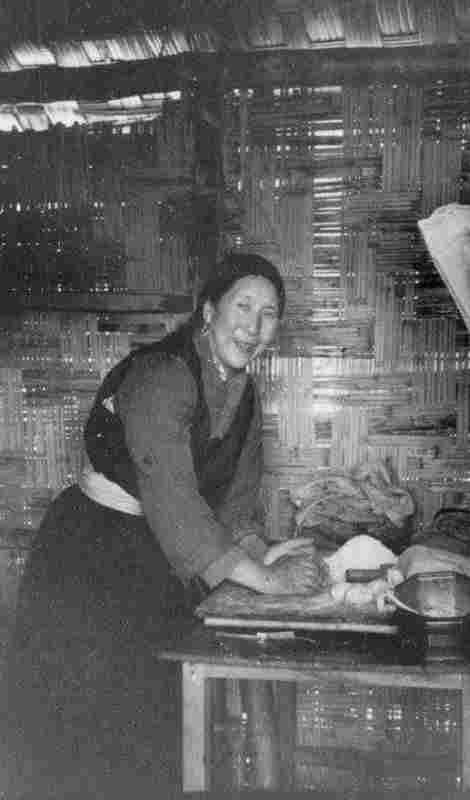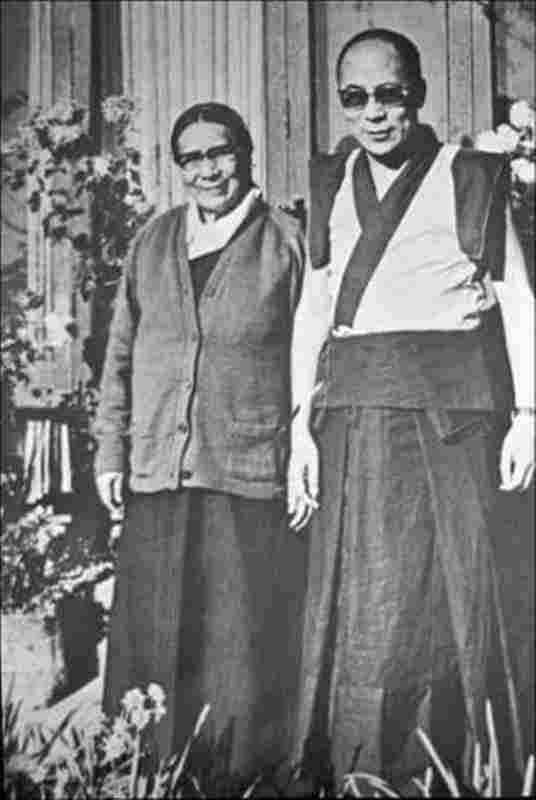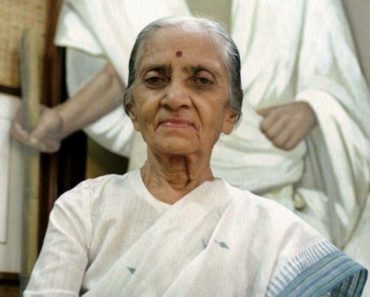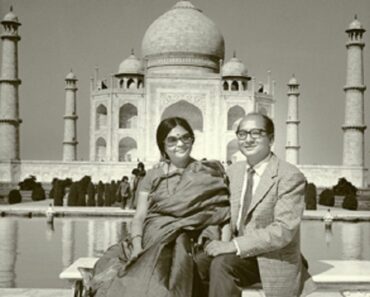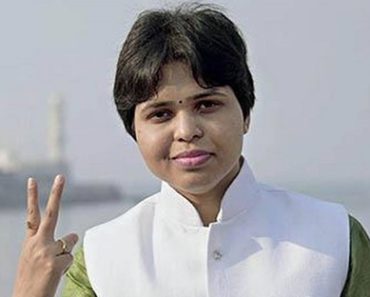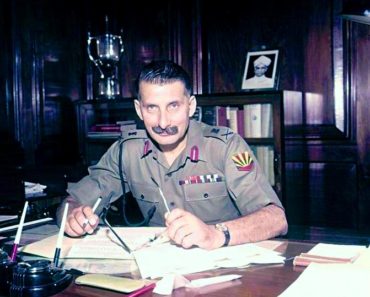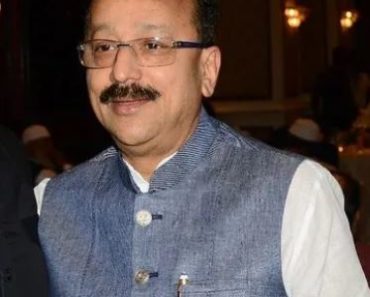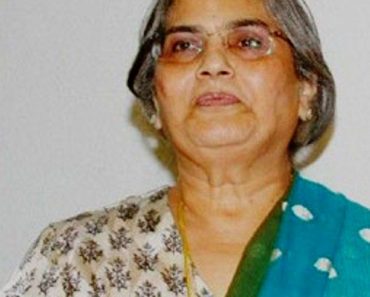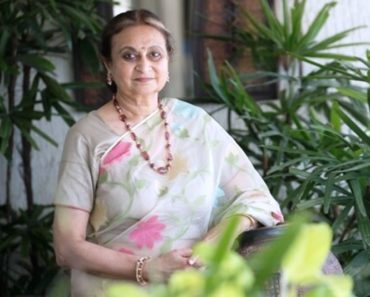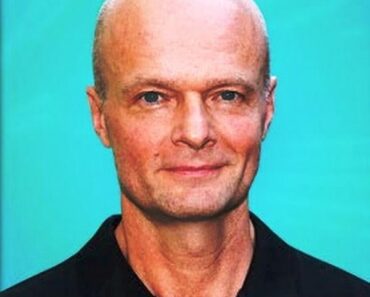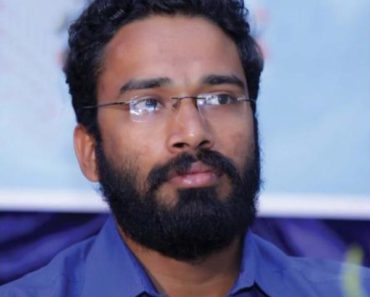Diki Tsering (1901 – 12 January 1981) was a Tibetan woman notably known as the mother of Tenzin Gyatso (the 14th Dalai Lama). Tibetans across the world call her ‘Gyalyum Chenmo’ or ‘the great mother’ with affection. [1]Lhakar Diaries In 2000, she wrote her autobiography named ‘Dalai Lama, My Son: A Mother’s Story’. She is also remembered for her dedicated work towards the education and upliftment of the Tibetan refugees in India who escaped China’s invasion. She died on 12 January 1981. Even after death, she remains an important contemporary figure in the history of Tibet.
Contents
Wiki/Biography
Diki Tsering was born in 1901 in Churkha, in the district of Tsongkha in Ambdo, Tibet in a peasant family. Her original name was Sonam Tsomo. She got married at the age of 16. In 1939, she moved to Lhasa, Central Tibet, after her son Lhamo Dhondup (later known as Tenzin Gyatso) was recognized as the 14th reincarnation of the Dalai Lama. She was motivated by her grandchildren to write her autobiography but since she was an illiterate, her grandson Khedroop Thondup recorded and penned down her story. [2]Pema Khandro She was widely known for her selfless dedication towards the Tibetan refugees.
Family
Diki Tsering was born with the name of Sonam Tsomo in a peasant family in Tibet.
Husband & Children
She got married to Choekyong Tsering in 1917. She was given the name Diki Tsering by her mother-in-law who was the sister of Taktser Rinpoche, the Abbot of Kumbum monastery.
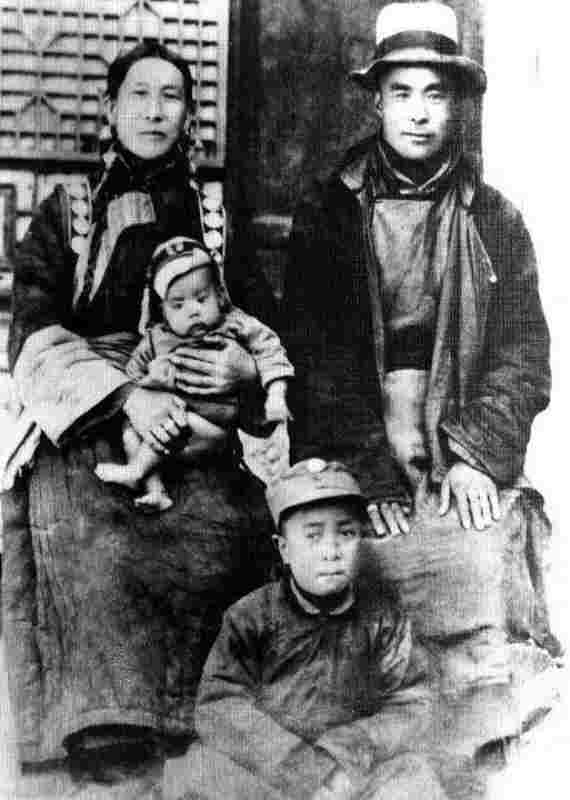
Diki Tsering with husband Choekyong Tsering, elder son Gyalo Thondup and the 14th Dalai Lama, Taktser, Amdo Tibet, 1935.
Her early days as a new wife and daughter-in-law were full of hardship. [3]Dalai Lama, My Son: A Mother’s Story At the age of 19, she gave birth to her daughter, Tsering Dolma the eldest of her seven children (out 0f 16) who survived passed infancy. In her autobiography, ‘Dalai Lama, My Son: A Mother’s Story,’ she revealed that had multiple dreams about the specialness of her children. It turned out to be true when three of her sons were recognized as high reincarnate Lamas. The 2nd eldest son, Thubten Jigme Norbu was recognized as Taktstar Rinpoche; the 5th eldest son, Lhamo Tsering as the 14th Dalai Lama; and the youngest Tendzin Choegyal as Ngari Rinpoche. Her son Gyalo Thondup and daughters Tsering Dolma and Jetsun Pema did not enter the monastic. Diki Tsering’s life and status dramatically elevated due to her sons getting recognized as the reincarnate Lamas. The most significant one was her fifth son Lhamo Dhondup whom she accompanied in his travels to India and China. During China’s invasion of Tibet in 1949, she went into exile in India with her son and family members. [4]Dalai Lama, My Son: A Mother’s Story
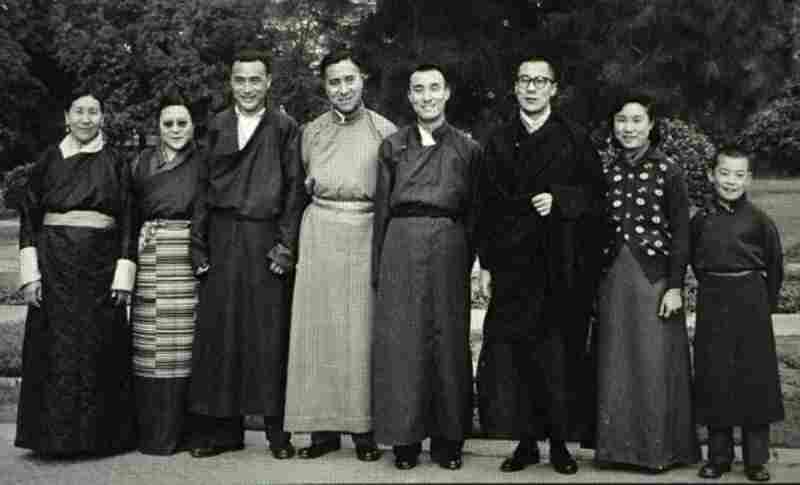
From left to right: Diki Tsering, Tsering Dolma (Eldest daughter), Thupten Jigmey Norbu (Eldest son), Gyalo Thondup, Lobsang Sampten, Tenzin Gyatso (14th Dalai Lama), Jetsun Pema and Ngari Rinpoche (youngest son)
Political Crisis & Tragedies
When her husband died in 1947 from suspected poisoning, the same year Reting Rempoche also died of similar causes. This was followed by the death of her grandchild (Tsering Dolma’s firstborn) and a political crisis that put questions on the legitimacy of Lhamo Dhondup as the 14th Dalai Lama. The rumours were potentially laid to rest after the heavily monitored selection process proved his identity. [5]Lhakar Diaries [6]Dalai Lama, My Son: A Mother’s Story
Religion/Religious Views
Diki Tsering never took any religious vows, though she led a religious life and devoted herself to serving the Tibetan refugees in India. [7]Lhakar Diaries
Notable Works
Tibetan Refugee Collective
Diki Tsering contributed a lot to the betterment of her people who took shelter in India. She managed the Nursery for Tibetan Refugee Children (an orphanage founded in 1960, Dharamshala) with her daughter Tsering Dolma. Her services towards the Tibetan refugee collective are still remembered through awards, events and songs dedicated to her memory. [8]Lhakar Diaries
Autobiography
Her autobiography named ‘Dalai Lama, My Son: A Mother’s Story’ was published with the combined efforts of her grandchildren. After the death of Diki Tsering and her granddaughter Yangzom Doma, her grandson Khedroob Thondup published the final version of the autobiography in 2000.
It was both faith and fate that propelled me into my unbelievable life as the mother of the Dalai Lama. When it happened, it seemed as if I had lost all my courage and confidence and I became afraid, like a little child at the formidable task that lay before me. But once I began to tell myself I was Diki Tsering, the name that was given to me on my wedding day and means “ocean of luck,” a kind of rebirth kindled all the forces of determination within me. I was no longer afraid, and I willingly challenged fate, determined not to be submerged by the tide. Today I am a tiresome old woman, my body feverish with rheumatism. But however debilitated you become physically, the spirit of youth is constant and alive. It never deserts you, even in the face of the greatest suffering.” [9]Dalai Lama, My Son: A Mother’s Story
Death
Diki Tsering died on 12 January 1981 at her home, Kashmir Cottage, in Dharamsala. [10]Lhakar Diaries
Facts/Trivia
- In her autobiography, Diki Tsering’s life was described under two parts: ‘the daughter of peasants ‘ and ‘mother of compassion,’ depicting the events in her life before and after the discovery of her children as reincarnate Lamas. [11]Lhakar Diaries [12]Dalai Lama, My Son: A Mother’s Story
- After coming to Lhasa, she described her new aristocratic life as ‘strange’ and missed her simple life in Amdo. [13]Dalai Lama, My Son: A Mother’s Story
- She was devastated to hear about the destruction in Tibet after the China invasion. According to sources, she could never completely recover from the depression caused by those stories [14]Lhakar Diaries

